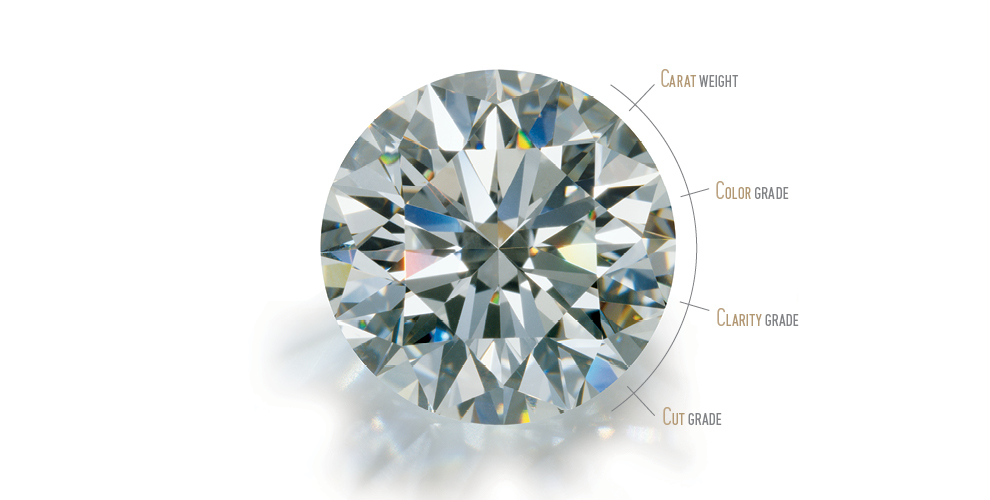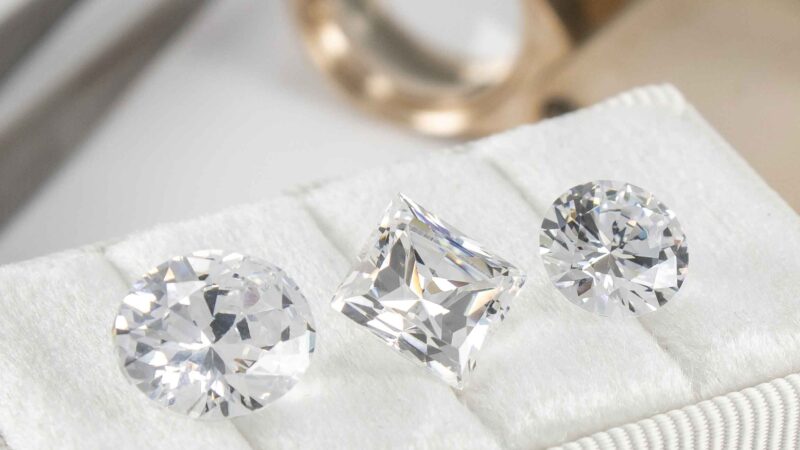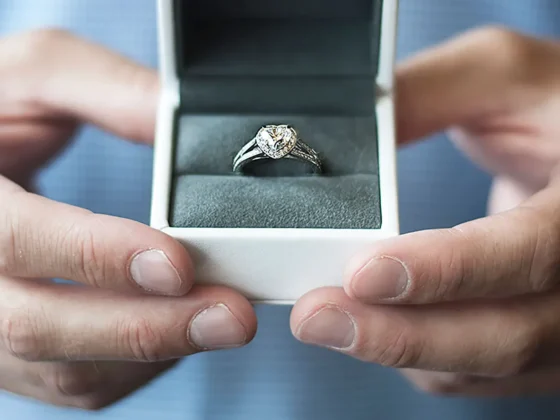When it comes to selecting the perfect diamond, understanding the Four Cs is key. Cut, Carat Weight, Clarity, and Colour are all important attributes that determine a diamond’s worth.
Each of these factors must be weighed carefully to pick out the ideal gem for your needs. In this article, we will explore each of these facets in more detail so that you can make an informed decision on which diamond best suits you.
Carat: Measuring the Weight of a Diamond
When it comes to diamonds, the carat is perhaps the most important of the four Cs. This unit of measurement expresses a diamond’s weight rather than its size and determines its value.
A single carat is equal to 200 milligrams and equals 0.2 grams in weight.
A two-carat diamond will weigh twice that amount while a five-carat gemstone will be five times heavier than one carat, making it appear much larger even though its diameter may remain unchanged. The weight of a diamond can affect other aspects such as its clarity and brilliance since more facets create greater sparkle but also add extra mass.
Thus, when using the four Cs to judge quality, experts must consider all factors together before determining an accurate assessment for each piece based on how they relate to one another within set parameters. Carats are often confused with karats, which measure purity in gold or other precious metals; however, these terms have nothing to do with diamonds except that both involve units of measurement used for assessing worthiness and quality when purchasing jewelry pieces or gemstones like rubies or emeralds too!
Cut: Achieving Brilliance with Perfectly Proportioned Facets
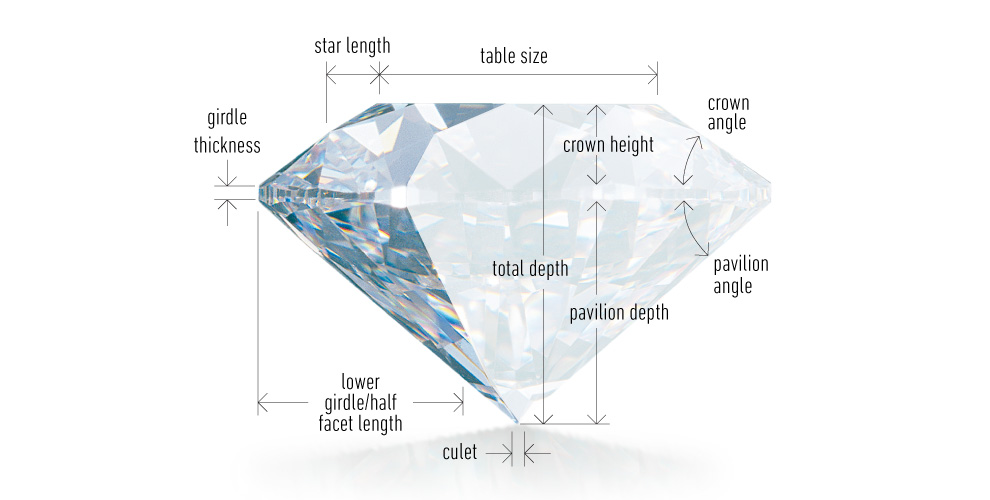
Cut is one of the four Cs that needs to be considered when evaluating diamonds. The cut of a diamond determines how well it reflects light, which in turn affects its brilliance and sparkle.
Achieving brilliance with perfectly proportioned facets requires precision and skill on the part of the cutter. This process can dramatically alter a diamond’s appearance, as even small variations in proportioning can have significant effects on its beauty.
With modern cutting technology, such as laser-assisted cuts, diamond cutters can create brilliantly reflective stones with greater accuracy than ever before. As a result, an increasing number of consumers are choosing diamonds for their unique characteristics rather than just relying solely on size or carat weight when making purchasing decisions.
By understanding the importance of a well-cut stone and learning about all four Cs – color, clarity, carat weight, and cut – you can make sure that your next purchase is truly brilliant!
Color: Grading the Hue and Tone of a Diamond
When it comes to the color of a diamond, grading its hue and tone is an important part of understanding the four Cs. With diamonds ranging from completely colorless to deep yellow and brown hues, each one has unique characteristics that can affect its value.
Grading a diamond’s hue follows a strict set of guidelines. A jeweler will examine the gemstone under 10x magnification with special lighting to identify any hint of body color in the stone; this includes any yellow or brown tones present.
The more intense these colors are, the lower the grade given by the GIA (Gemological Institute of America). Colorless stones will receive higher grades than those with slight tints, as these tints make them less valuable on the market.
The tone also plays an essential role in diamond grading when it comes to their color quality. Tone refers to how light or dark they appear – for example if they have medium-dark shades versus lighter ones – which can ultimately determine how vibrant they look depending on their setting and surroundings.
This is used alongside other factors such as hue and saturation levels when classifying diamonds such as D through Z based off of the GIA Diamond Grading System Chart. In conclusion, discerning between different hues and tones within diamonds is key in accurately assessing their overall worth according to traditional standards established by gemologists worldwide over many years
Clarity: Identifying Inclusions to Assess Quality
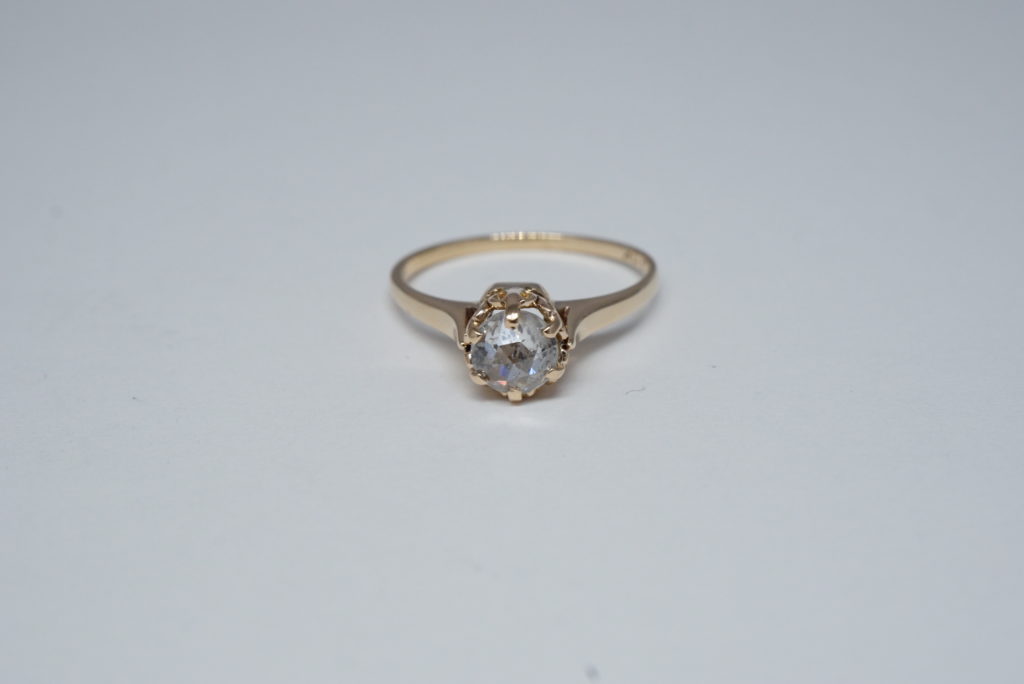
When it comes to diamonds, one of the most important aspects to consider is clarity. Clarity plays a huge role in determining the quality and price of a diamond.
It refers to how clear or flawless the stone appears, which can be determined by examining its inclusions. Inclusions are tiny imperfections that occur within a diamond during its formation process, such as foreign substances like air bubbles and minerals.
These can affect the overall look of the diamond and should be carefully examined when assessing its quality. By knowing what kind of inclusions exist, buyers can accurately determine if their chosen diamond has any defects that could reduce its value or beauty.
With this knowledge, they will then have an easier time making an informed decision about what type of diamond best suits them and their budget.
Conclusion
Diamonds are an essential part of any special occasion, and understanding the Four Cs – cut, color, clarity, and carat weight – is key to selecting the perfect gemstone. Whether youre shopping for a stunning engagement rings Manchester or looking for a unique gift for a loved one, knowing these criteria will help ensure that your diamond sparkles with brilliance. With so many different shapes, sizes, and colors available on the market today, it’s easy to find something that fits within your budget while still providing beautiful quality.
Ultimately, diamonds remain an eternal symbol of love and commitment that can be enjoyed forever.
